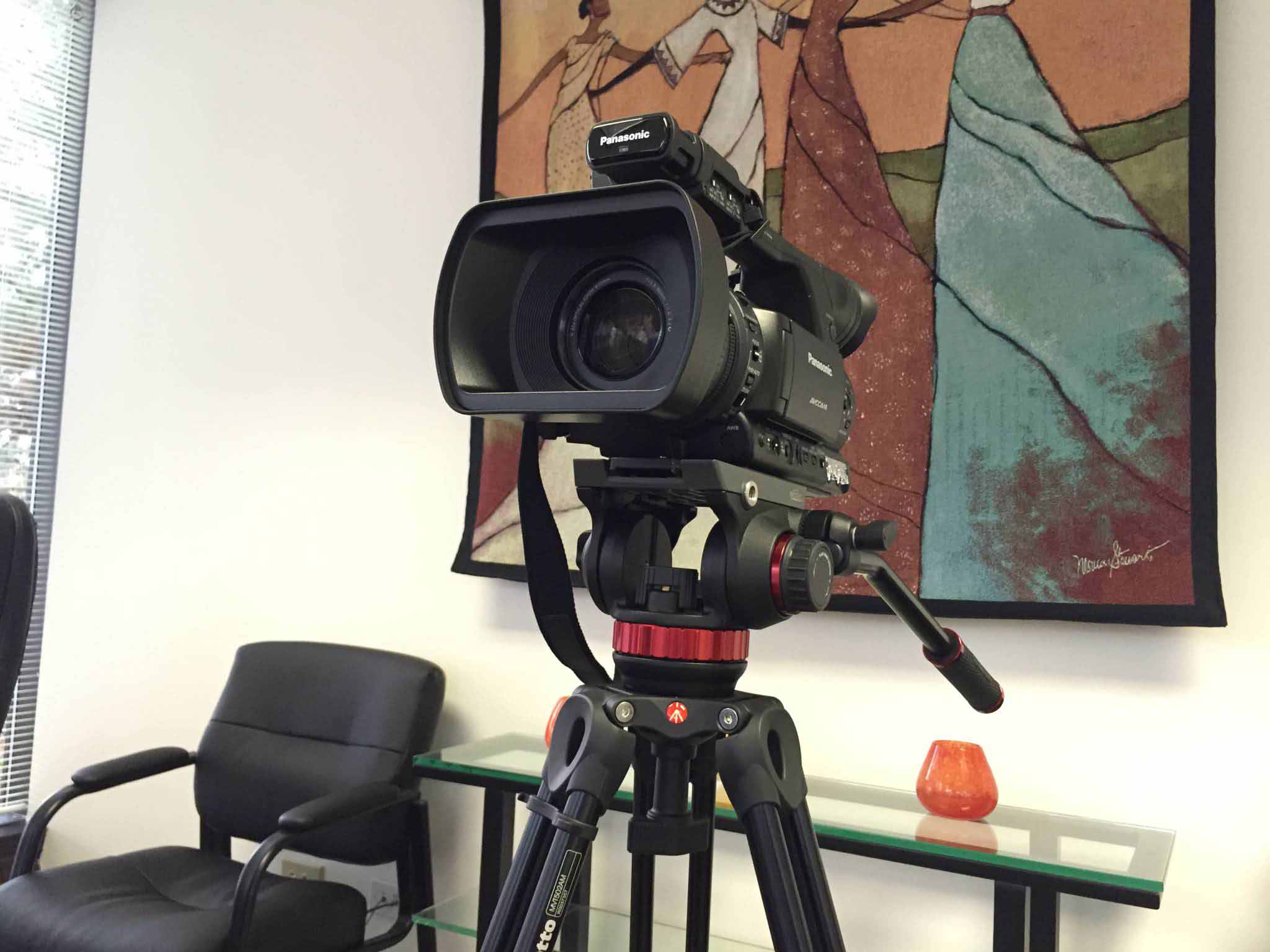The Role of Legal Videography in Protecting Legal Evidence
The Role of Legal Videography in Protecting Legal Evidence
Blog Article
Exactly How Lawful Videography Can Enhance Your Lawful Strategy
In the progressing landscape of lawful practice, the assimilation of legal videography arises as a significant tool that can improve a legal technique. As we explore the subtleties of this practice, the inquiry occurs: exactly how can lawful videography redefine the method situations are offered and regarded in the court room?
Benefits of Lawful Videography

Lawful videography supplies significant benefits in the litigation process, enhancing the total performance of legal method. Among the primary benefits is the capacity to produce an aesthetic document of procedures, which works as an effective device for presenting proof in court. This visual documents can catch subtleties that might be neglected in composed transcripts, supplying a more extensive understanding of the instance.
Furthermore, lawful videography facilitates the conservation of witness statements and depositions, ensuring that crucial testimonies are kept in their original context. This is specifically useful in situations where witnesses may become not available due to unanticipated scenarios, as it safeguards the honesty of their statements.
In addition, making use of high-quality video can dramatically improve the engagement of juries and courts. Aesthetic aspects often resonate better than text alone, making it less complicated for attorneys to communicate complicated disagreements and narratives.
Additionally, videography can aid in the advancement of case approach, enabling lawyers to evaluate documented materials and fine-tune their methods. Inevitably, these benefits highlight the essential role that lawful videography plays in modern-day litigation, optimizing outcomes and improving the efficiency of legal procedures.
Enhancing Witness Testimonies
Recording witness testaments on video not only protects the authenticity of their accounts however additionally enhances the effect of their declarations during legal procedures. Video documents enables jurors and judges to view the subtleties of a witness's temperament, body language, and emotional expressions, which can be essential in evaluating integrity and reliability.
Furthermore, the aesthetic component of videography can produce a more interesting narrative, allowing the court to get in touch with the statement on a personal degree. This connection can significantly influence their understanding and retention of the information offered.
Lawful videography likewise serves to decrease the possibility for misconception or miscommunication that can take place with created transcripts alone. By offering a clear and direct portrayal of the witness's account, it lowers uncertainty and guarantees that the statement is shared as planned.

Recording Depositions Properly
Efficient deposition recording is a vital element of the litigation procedure, complementing the improved witness testaments gone over previously. The main goal of recording depositions is to develop an exact and reputable document that can be utilized throughout the lawful process. To attain this, lawful videographers must use high-grade devices and strategies that make sure clarity in both audio and visual elements.
A well-executed deposition needs cautious planning and coordination. Furthermore, picking a proper background and ensuring that all individuals are mounted properly can improve the professionalism and reliability of the recording.
During the deposition, it is essential to keep a neutral temperament, this hyperlink enabling witnesses to reveal their testimonies without interference - legal videography. Capturing non-verbal signs, such as body language and face expressions, adds deepness to the tape-recorded statement, offering important context for later analysis. Inevitably, efficient deposition capturing not just reinforces the lawful method yet also functions as an effective device for providing a compelling story in the court room
Presenting Evidence in Court
Legal videography improves this procedure by offering a dynamic and engaging methods of offering vital proof, specifically through depositions and witness testimonies. High-quality video recordings permit jurors to observe not just the material of the testament however additionally the behavior, tone, and body language of the witnesses.
Additionally, using lawful videography makes certain that the evidence exists regularly and properly, reducing the risk of misinterpretation that can accompany traditional approaches. Jurors can review video clip evidence during deliberations, allowing them to engage more deeply with the material. In addition, lawful videography can help in highlighting complex scenarios or technical info, making it much more available to the court.
Improving Court Involvement
Via the strategic usage of lawful videography, lawyers can dramatically enhance jury involvement during tests. Visual storytelling acts as a powerful device to record the court's interest and communicate complicated information in an obtainable manner. By incorporating video proof, attorneys can produce an extra immersive experience that reverberates with jurors, helping with much better understanding of the situation.
Legal videography can display witness statements and expert evaluations in an engaging style, allowing jurors to attach psychologically with the narratives provided. This link cultivates a sense of participation and investment in the process, which can eventually influence their understandings and choices. Additionally, video clip proof can streamline complex details, making it simpler for jurors to keep important information.

Verdict
In final thought, legal videography serves as an important tool in the legal process, boosting the total effectiveness of legal techniques. The assimilation of videography into legal practice is hence both beneficial and tactical.
Report this page